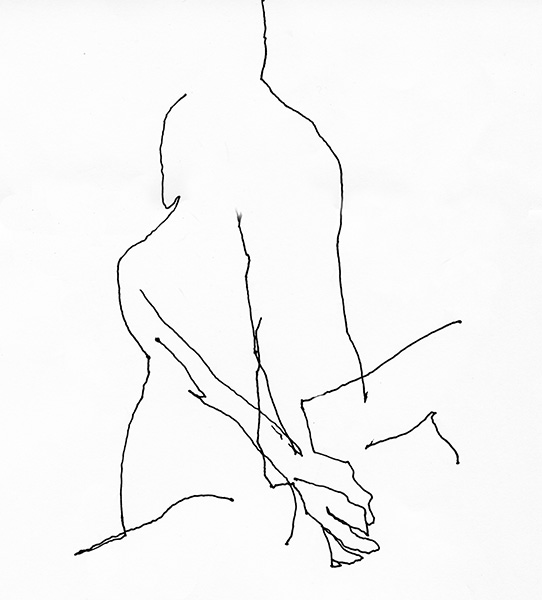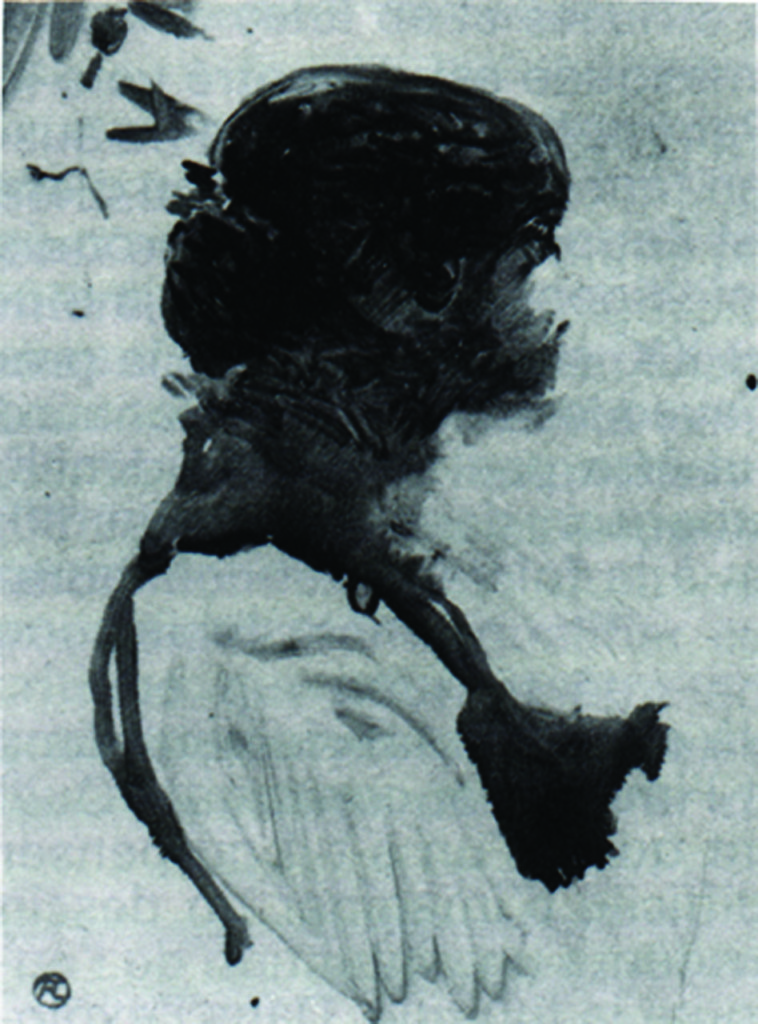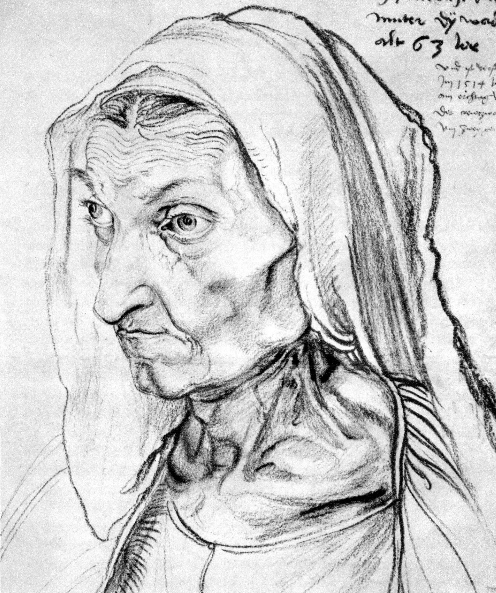The need for preparation
When new students at The Painting School of Montmiral are first faced with a live model in a figure drawing class, the majority of them give little time for preparation, even for long poses. Within a matter of seconds, even experienced artists have embarked upon active mark-making. It does not seem to occur to them that, before drawing the first line, it might be useful to spend time familiarizing themselves with the situation that faces them. If this is the case, they will almost certainly be denying themselves an important opportunity.
The feeling-based drawing lesson
At the heart of my book, “Drawing on Both Sides of the Brain“, is a feeling-based drawing lesson that is described in three chapters. Chapter 9 (link below) is about getting ready for drawing the first line. Chapter 10 (to follow) gives a blow by blow account of the main lesson in which:
- Precise instructions are given concerning the preparation and execution of every line and every relationship.
- Detailed reasons are offered for each and every one of these instructions. These relate to scientific studies of how artists coordinate their visual-analytic and line-output skills when drawing from observation.
Chapter 11 (to follow) suggests follow up exercises.
Preparation in previous chapters
All the chapters preceding Chapter 9 have been preparing for this lesson. Thus, they have discussed:
- The pros and cons of widely used teaching methods.
- The importance of scientific findings in the development of artists ideas.
- How more recent scientific findings relating to the eye/brain’s analytic-looking and motor-control systems can help with issues of accuracy, line production speed, self-confidence and self expression.
Preparation in Chapter 9
Chapter 9 is likewise getting things ready for the drawing lesson, but in a much more specific sense, starting with practical issues such as setting up the easel/drawing board, establishing a viewpoint, deciding whether to shut an eye, etc. But it also introduces a certain amount of science-based information that will be useful in explaining reasons for the instructions used in the drawing lesson.
CHAPTER 9 – THE DRAWING LESSON-PREPARATION
http://www.painting-school.com/2016/wp-conhttp://www.painting-school.com/2016/wp-content/uploads/2018/04/TBD1-CHPT-9-A-DRAWING-LESSON-PREPARATION.pdftent/uploads/2018/04/TBD1-CHPT-9-A-DRAWING-LESSON-PREPARATION.pdf
Diagrams and explanations from the Glossary
As Chapter 9 contains footnotes that refer to diagrams with explanations to be found in the Glossary, I have included three of these:
- Figure 1 is the flow diagram representing the main factors that contribute to the analytic-looking cycle.
- Figure 2 indicates regions of the neocortex (new brain) involved.
- Figure 3 provides a mapping of eye movements showing glides and saccades.
Figure 1

The boxes and arrows in Figure 1 can be related to regions in the neocortex illustrated in Figure 2. Notice that Visual Area 1, which takes input from the retina via the optic nerve, supplies information not only for the preconscious processes that enable recognition, but also for the subsequent consciousness-related ones that accompany analytic-looking (This is why it is labelled “twice used information resource”).
In addition, the diagram indicates the key role of memory stores (whether short-term or long-term) in enabling both recognition and learnt-actions. It also calls attention to the importance of context and feeling in building them up and of whole-life experience in determining how they do so. But perhaps the most important lesson that can be drawn from it is that recognition takes place before analysis. Thus it can be asserted that, in an important sense, “we know what we are looking at before we are consciously aware of it”.
Recognition also takes place before the implementation of learnt-actions, such as those that guide artists when drawing contours or making any other kind of mark. Accordingly, we can draw “what we know” about an object-type on the basis of the multi-modal, preconsciously acquired information made available by the very limited number of looks that are required to enable recognition (seldom more than one or two). In other words, the eye/brain acts as if further analysis of the object itself is unnecessary. The diagram also indicates the role of non visual-inputs in enabling recognition. For example, we may recognise something, in whole or in part, by its sound, smell or feel and can in princple complete the process of doing so without confirming what it is visually.
Figure 2
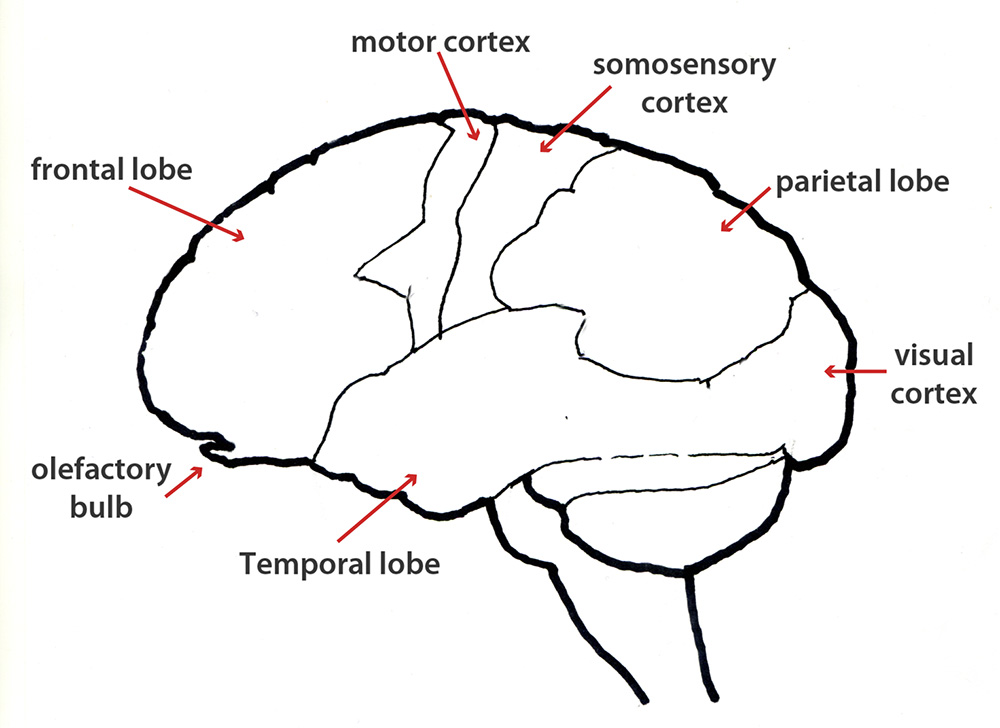
Figure 2 maps a number of the functional divisions in the neocortex (new brain). These can be related to the stages of the analytic-looking cycle as diagrammed in Figure 1. Thus:
- The arrow labelled “visual cortex” points to the location of “visual area 1” in Figure 1
- The region from there down to “temporal lobe” corresponds to the labels “preconscious multimodal processing” and “recognition” in Figure 1.
- The motor cortex mediates “learnt actions” in Figure 1.
- The parietal lobe underpins “conscious analytic-looking” and “the constancies of shape, size, and orientation” in Figure 1.
However, the area in Figure 1 labelled “context” and “feeling-based memory reflecting whole life experience” is more difficult to place, but would include:
- The “somosensory cortex” (an essential part of the “feel system”).
- Parts of the “frontal lobe” with its links to the emotional centres in the old brain. These are thought to be involved in the choice between “good” and “bad” actions and the determination of “similarities” and “differences” between things or events, both of which are essential to developing the skills that underpin drawing from observation (as explained in Chapters 9 – 11).
- The frontal lobe, along with old brain regions including the hippocampus, is also thought to play an important part in the creation and retention of long-term memory.
Figure 3
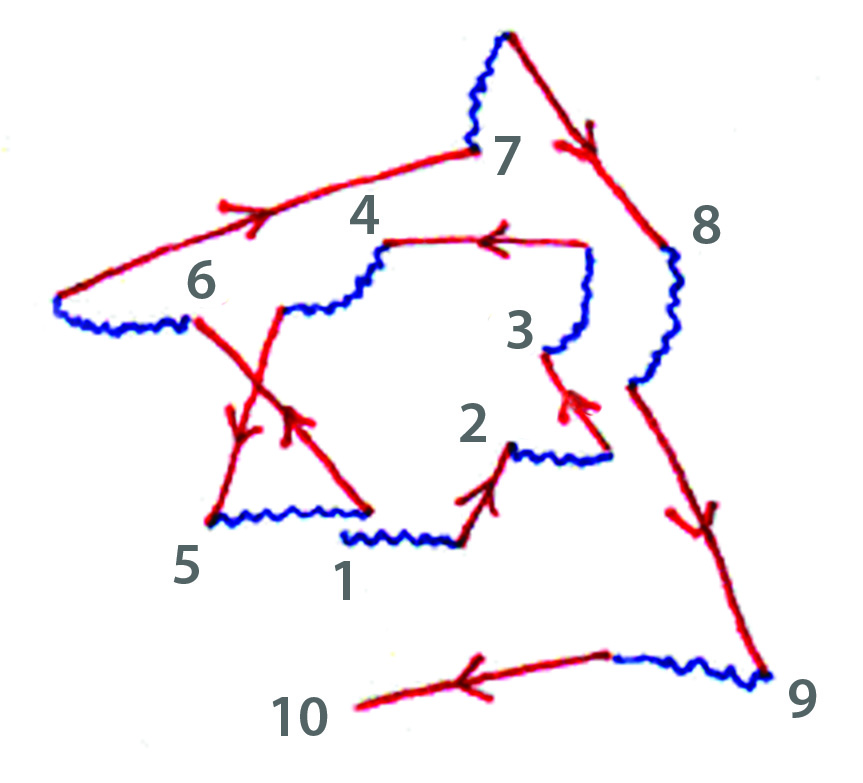
Figure 3 is based on a photographic record of typical eye movements in which slow moving glides (wobbly blue lines) are interspersed with faster moving saccades (straight red lines with arrows to represent speed). The glides provide a constant stream of same/different information, while the saccades enable an intermittent averaging of input that is useful for neural computations that require knowledge of ambient illumination. The average glide/saccades combination lasts approximately one third of a second.
Other Posts that publish chapters from “Drawing on Both Sides of the Brain”
- Chapter 1: Accuracy versus expression
- Chapter 2: Traditional artistic practices
- Chapter 3: Modernist ideas that fed into new teaching methods
- Chapter 4: The sketch and explaining the feel-system
- Chapter 5: Negative spaces
- Chapter 6: Contour drawing
- Chapter 7: Copying Photographs`
- Chapter 8: Movement, speed and memory
- Chapter 9: Preparation for the drawing lesson
Other drawing-related Posts
Full list of Posts in all categories
.



